The Toucan Barbet is a magnificent bird that displays a blend of vibrant colors such as red, green, orange, and yellow. Its appearance is awe-inspiring, especially in the cloud forest habitat where it thrives.
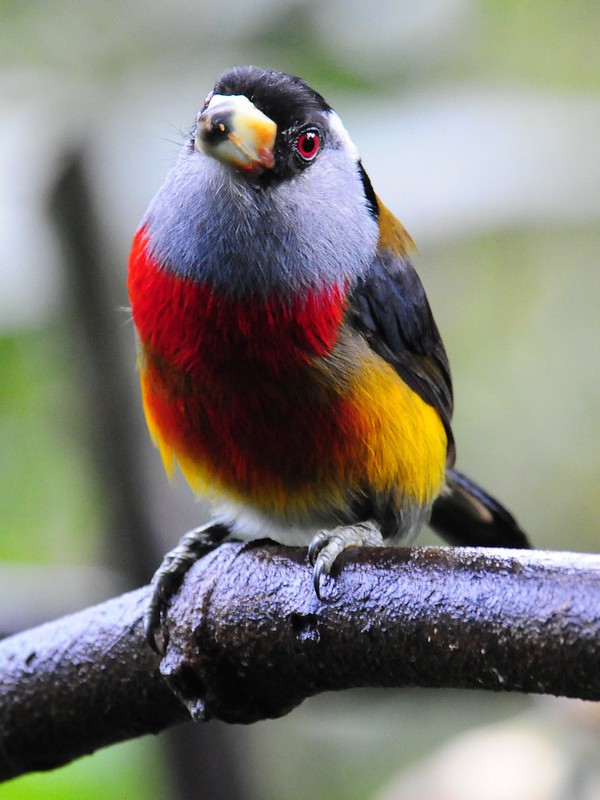
The toucan barbet is a type of barbet that belongs to the Semnornithidae family. These birds are medium-sized and have a robust build, measuring between 19 and 21 cm (7.5–8.3 in) in length and weighing anywhere from 80 to 115 g (2.8–4.1 oz). Their distinctive beak is strong and features a yellow maxilla and a light green mandible, both with dark tips. The toucan barbet’s plumage is eye-catching and includes a black crown, “mask,” and thin cervical collar. These birds also boast long occipital feathers and a noticeable white stripe behind their bright red-colored iris. The nape of their neck is golden-brown and gradually turns yellow towards the rear. Their throat, upper breast, and sides of the nape are grayish-blue in color, while their lower breast and middle belly are a striking shade of red. Finally, the lower belly is a yellowish-green hue.
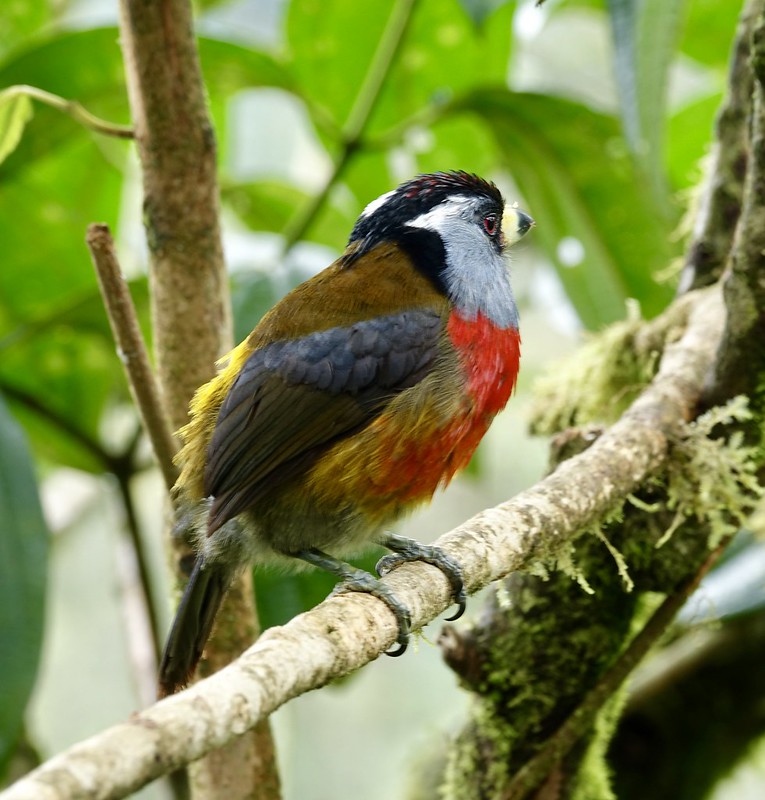
The color of the wings and tail is grey in this bird. It is almost impossible to distinguish between the male and female, except for a slight difference in brightness in the female’s plumage.
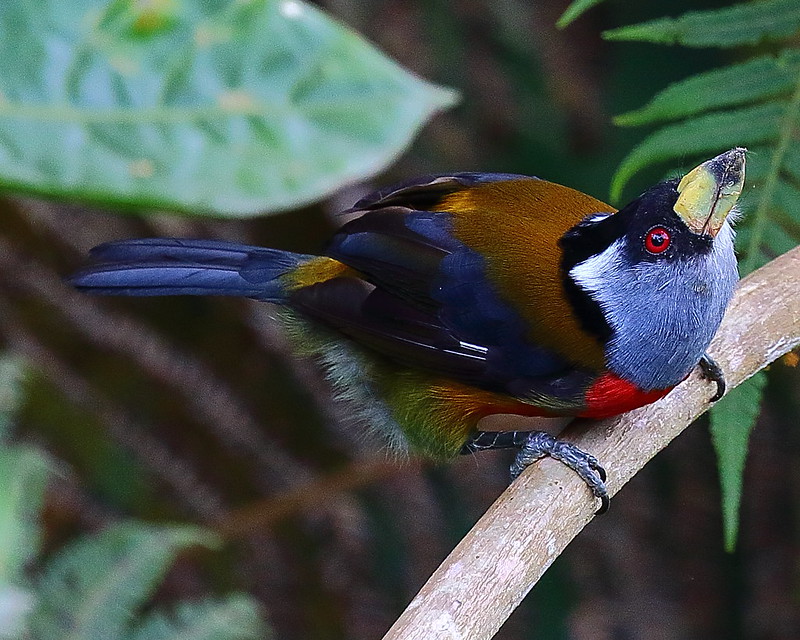
You can spot this particular type of creature on the Andes’ western side, specifically in the southern part of Colombia and the northern area of Ecuador.
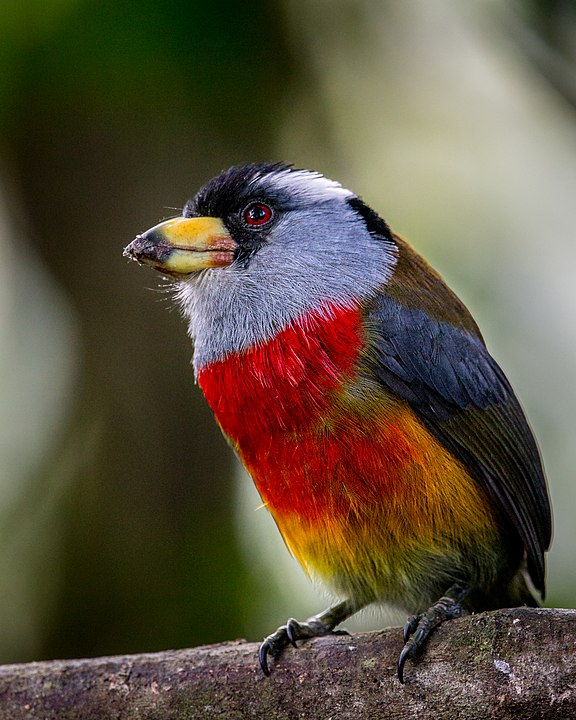
The toucan barbet is most commonly found in mountain evergreen forests, secondary forests, open woodlands, and pastures. This bird species tends to thrive at elevations ranging from 1,000 to 2,400 meters above sea level.
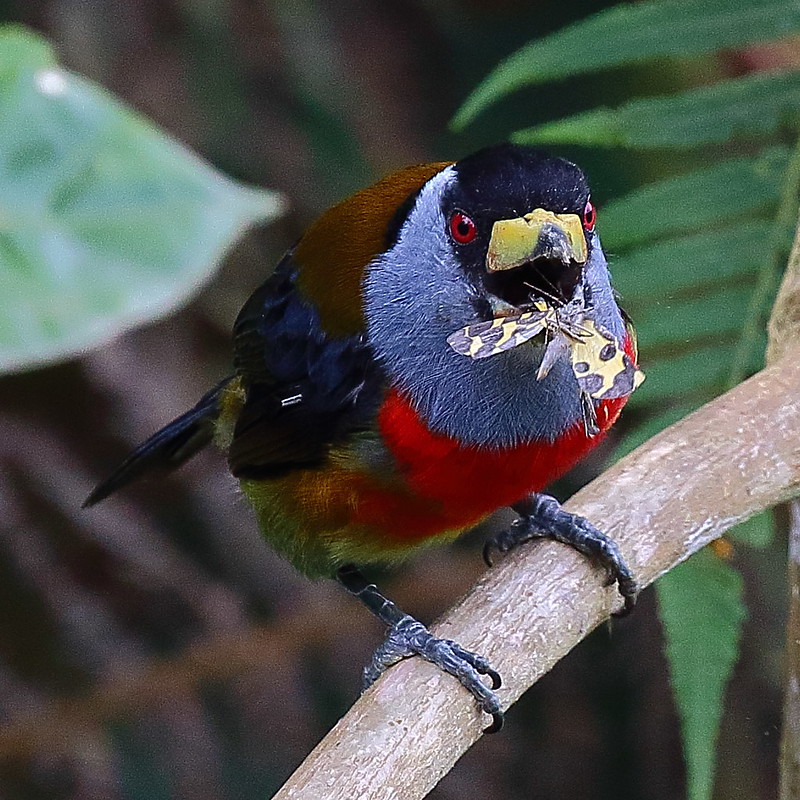
Primarily a fruit-eating avian, they exhibit a fondness for various fruits such as Cecropia and Ficus. However, they are not averse to savouring termites and other insects if presented with the chance.
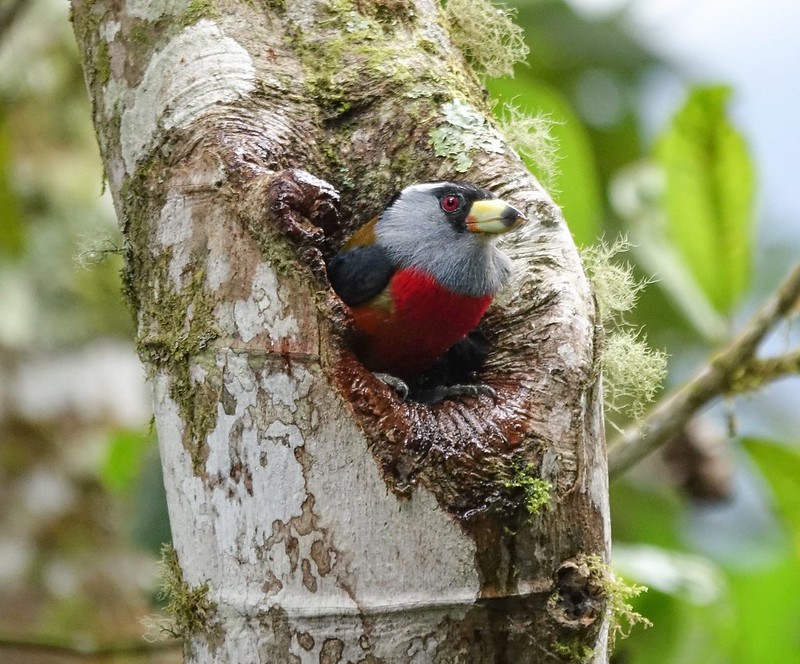
Toucan barbets have a breeding season that spans from February to October. These birds usually form small family groups that consist of an adult couple and their offspring, with a maximum number of 6 birds in the group. They typically nest in tree cavities, where the female lays 2-3 eggs that are cared for by all members of the group for about 15 days. Once the chicks hatch, they are fed by all group members and leave the nest after 43-46 days. However, it takes them around 4 more weeks to become fully independent.
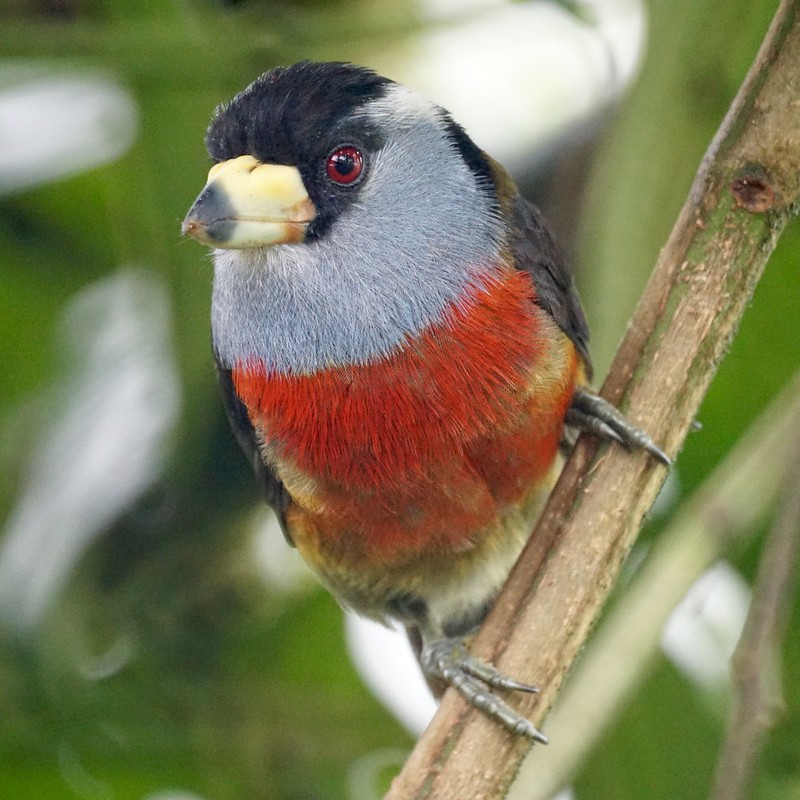
The number of this particular type of animal is decreasing at a decent speed, which is mostly caused by unlawful capturing for the worldwide bird market and destruction of their natural habitat due to activities such as logging, human settlement, cattle grazing, mining, and farming of coca and palm.

